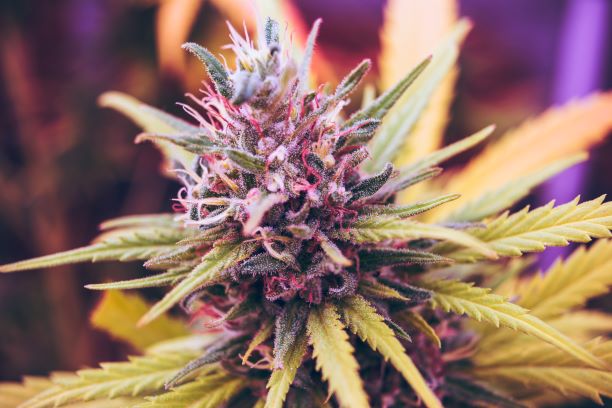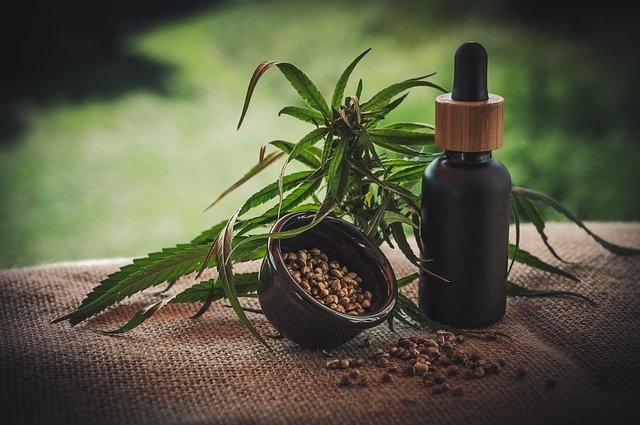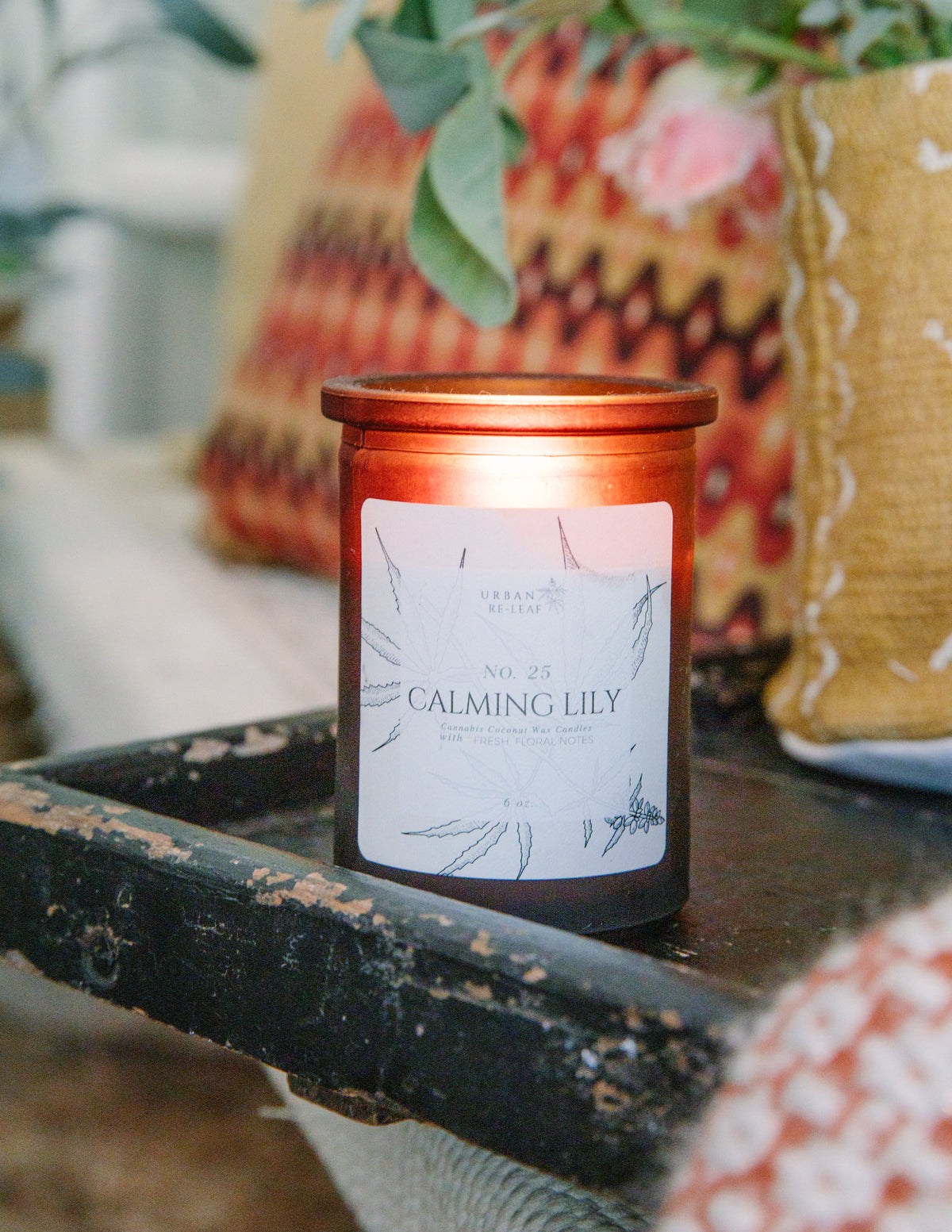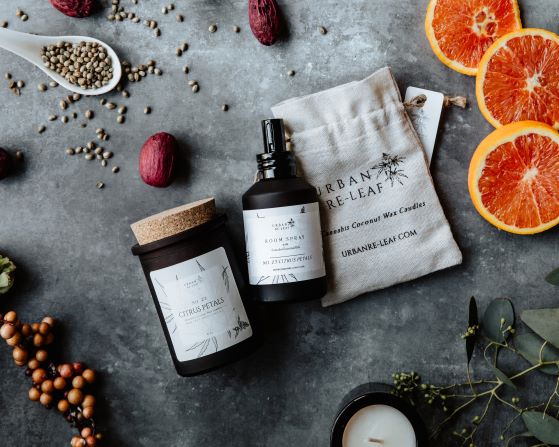Hemp use in America

With the passage of the Agricultural Improvement Act of 2018 (the so-called Farm Bill) and sweeping marijuana legalization, it’s easy to forget what a contentious history the hemp plant has had in American culture. These days, it seems like everyone’s taking a CBD gummy or chatting about the benefits of medical marijuana, but it wasn’t always that way.
Going back more than 10,000 years, hemp is one of the first cultivated crops in history. It was grown for food, fiber and oil and was considered a staple in America before later being criminalized in the United States.
So how exactly did this equally versatile and sustainable crop play such a huge role in America? Let’s take a moment to get familiar with the long history of hemp in America as we also explore what brought about its decline and eventual comeback in the U.S.
Pre-American Use of Hemp

Bits of hemp fabric were found as far back as 8,000 B.C. in modern-day China and Taiwan. Records show that hemp seed and oil were used as food in China. Evidence has also shown religious documents ranging from Hinduism to ancient Persian religions mentioning hemp as a “King of Seeds.” It was believed to be a key ingredient in everyday life and used to make essentials including ropes, clothes, paper and shoes.
Hemp’s Use in Colonial America
Before the arrival of European settlers, hemp was being cultivated by Native Americans in the New World. Due to the durability and strength of its fibers, Native Americans grew the crop to produce clothing, thread, paper and cordage as well as hemp food.
North America was first introduced to hemp in 1606, but the first recorded use of it in America’s colonial years was in 1632 in Virginia. Americna farmers grew hemp that was used for a variety of products, such as ropes, paper and even lamp fuel. In the 17th and 18th centuries, farmers were legally required to grow hemp as a staple crop. Later, it was exported to England where it was used for books, clothing, shoes, sails and tents. Hemp was even considered a legal tender that could be used to pay taxes during this time.
Earning its independence from Great Britain in the late 18th century, the United States kept hemp as a staple crop for early Americans. Many of the founding fathers even grew hemp and supported its uses and benefits. Benjamin Franklin began one of America’s first paper mills with hemp. George Washington grew cannabis on his plantation. And, according to some historians, Thomas Jefferson wrote the first drafts of the Declaration of Independence on hemp paper.
Hemp’s Role in the 19th and Early 20th Centuries
Throughout the 19th century, the production of hemp continued to increase and spread across more states in America, including California, Nebraska and Illinois. Technological innovations such as the decorticator machine, which helps with separating the cannabis stalk’s woody inner core from the exterior bast fibers, improved the efficiency of harvest and manufacturing processes. In the beginning of the 20th century, the hemp industry in America was at an all-time high, and it was even projected that domestically grown hemp could grow to be worth $1 billion!
Decline of the American Hemp Industry

Due to hemp’s genetic relationship to marijuana and some people’s inability to comprehend the differences between the two plants, individual states, as well as the U.S. federal government, began to criminalize all cannabis, therefore restricting its growth.
With the passage of The Marijuana Tax Act of 1937, hemp in the U.S. began to see a huge downturn. It didn’t necessarily prohibit the growth of hemp, but it did add a $100 transfer tax on sales and handed over the regulation of licensing hemp production to the Department of Revenue.
During this time, synthetic fibers were on the rise and would soon become the norm for manufacturers since lower-quality fibers meant cheap imports.
Hemp’s Short-Lived Revival During WWII
The hemp industry in the U.S. experienced a short resurgence during World War II due to Japan severing of hemp supplies from the Philippines. This ultimately made the United States look to its own farmers to begin hemp production.
In an effort to get them on board, the federal government launched a pro-hemp campaign. The campaign looked to encourage American farmers to grow hemp for the war effort by releasing an educational film produced by the USDA, “Hemp for Victory,” and it also included the distribution of 400,000 pounds of seeds! The crop’s strong industrial fibers were used to produce products such as cordage, rope and cloth.
From 1942 and 1946, American farmers stretching from Wisconsin to Kentucky produced 42,000 tons of hemp fiber annually. However, that wasn’t enough for its legal propagation to stay in place. After the war, growing hemp became illegal again, causing the demand to drop and leaving farmers with canceled hemp contracts.
Hemp Today

In the early 2000s, the 9th Circuit Court of Appeals ruled that the Drug Enforcement Administration (DEA) didn’t have the authority to regulate certain parts of hemp, including sterilized hemp seed, hemp seed oil and hemp fiber, under the Controlled Substances Act. This basically meant that hemp could still be imported and those specific parts of the plant could be used for products.
In 2014, the Farm Bill was passed. It allowed states to implement laws allowing universities and state departments of agriculture to grow hemp for pilot programs or research. And, finally, after nearly a century of being prohibited from cultivation in America, in an amendment to the Agricultural Improvement of 2018 (Farm Bill), hemp was legalized in the U.S. It was signed into law on December 20, 2018, and it contained provisions that removed the hemp plant, along with any of its seeds and derivatives, from the Controlled Substances Act.
The law made it legal for U.S. farmers to grow, process and sell hemp commercially, and it also legalized hemp nationwide for any use, including … yup, you guessed it: the extraction of CBD oil!
The Hemp Industry Today

In 2016, the nation’s hemp market was valued at more than $688 million and, currently, the hemp-derived CBD market is on track to reach $22 billion by 2022.Not only can hemp help to improve soil health by reducing the need for synthetic herbicides, but as you’ve already read, its strength and durability can be used to make building materials, paper products and textiles.
It also contains a compound you know and, hopefully, have already experienced relief with — CBD (cannabidiol.) Your favorite CBD products are made by extracting the cannabidiol compound from the hemp plant. In other words, without hemp, there would be no CBD!
Legalizing CBD products because of its murky legal background, the legality of CBD has been a contentious subject for many years. As of now, the substance is highly regulated yet legal in most states. That means that the general public can now experience many of the once-suppressed health and wellness benefits of CBD.
If you’re seeking a safe, legal experience with CBD, you should know what kinds of products to look for when shopping. Hemp-derived CBD isolate contains less than 0.3% THC, making it non-psychoactive, which means you get the therapeutic benefits without the “high” feeling.
Hemp on the Horizon

Thanks to the newfound desirability of hemp, cultivating this useful plant can help to not only improve the livelihoods of organic farmers, but also those looking to find relief from their discomforts with a natural alternative. There’s a whole wide world of hemp-related possibilities out there, and we’re excited to see what might come of this new acceptance of hemp products in America.
At Urban Re-Leaf all our candles and room sprays use cannabis essential oils along with our CBD bubble bath we see hemp/cannabis as a hero plant. It is here to stay and with so many new benefits being discovered the dark days of hiding are slowly coming to an end.
Leave a comment
Comments will be approved before showing up.
Also in Urban Re-Leaf Candle Blog

Cannabis Gift Guide for the Holidays
Dear Friends,
Happy Holidays! If you're still searching for the perfect gift for friends and family who love the cannabis/ hemp world, here’s my holiday gift guide featuring the best cannabis cookbooks, accessories, infused eats, and infusion devices out now.


